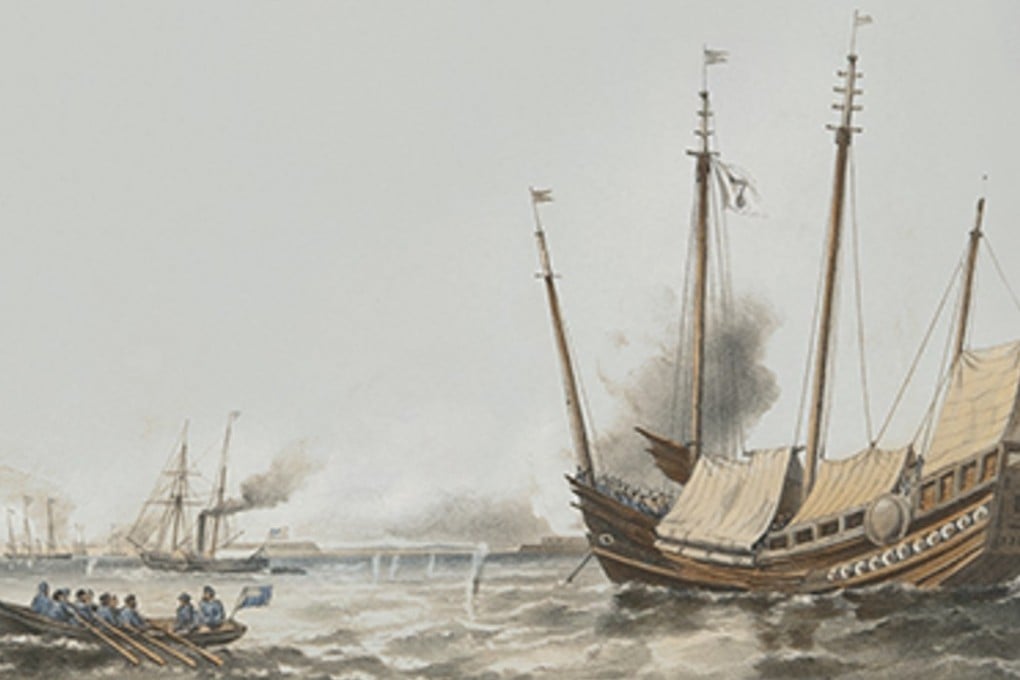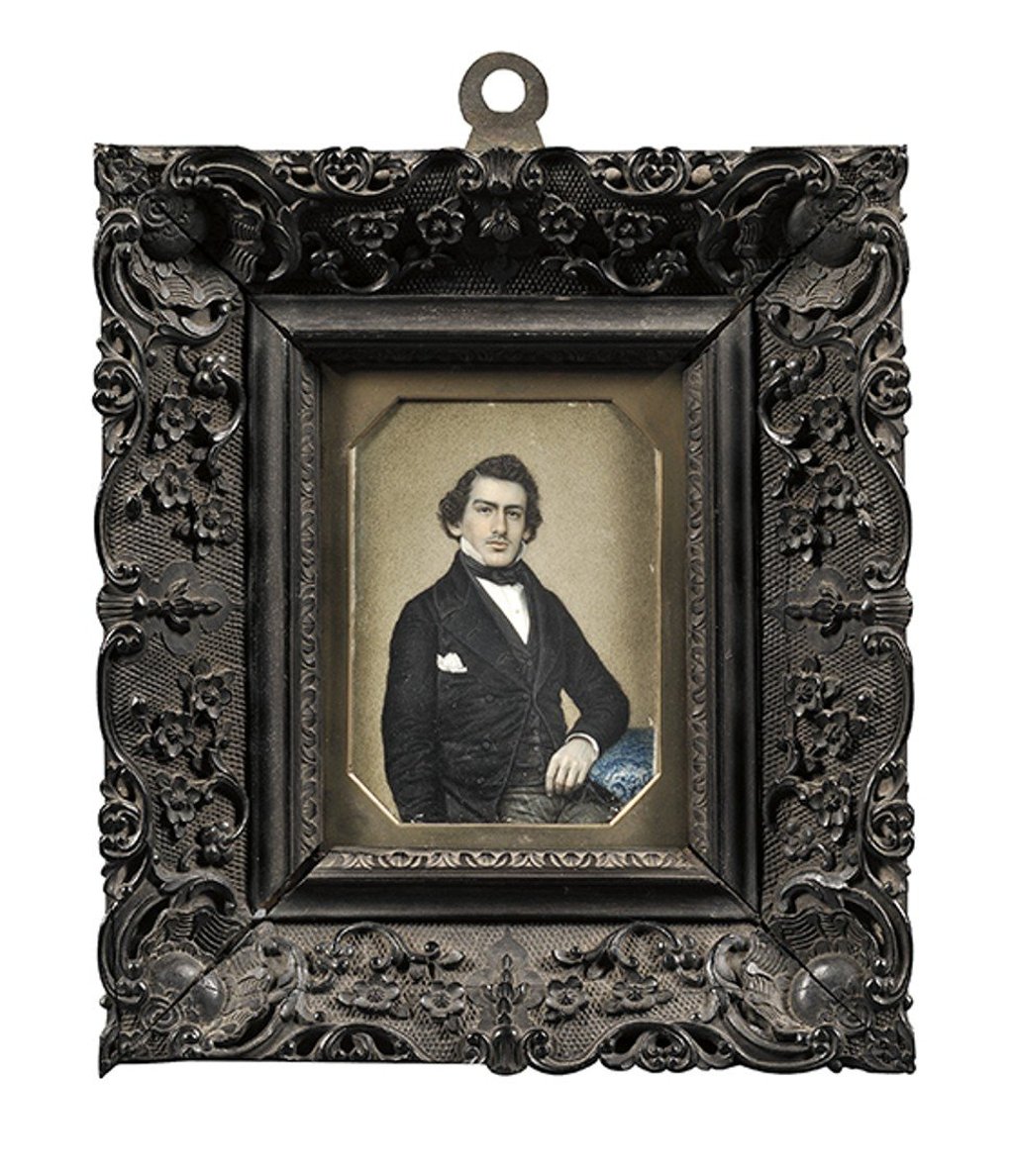Young American’s first-hand account of second opium war: bloody battles and ‘hospitable’ Chinese
The journals of George Washington (Farley) Heard, who would go on to become chairman of the Hongkong and Shanghai Banking Corporation, reveal what happened when he found himself caught between Anglo-French forces and Chinese defenders in 1859

The second opium war, 1856-60. When in 1856, the 1844 US-China Treaty of Wangxia expired, American envoy to China William Reed set about negotiating new terms of trade, permission for diplomatic residence in Beijing and the extension of religious freedom to Christians.
Following the eventual conclusion of these negotiations, in 1859, his successor, American minister John Ward, embarked in Hong Kong aboard the USS Powhatan destined for Beijing, accompanied by the hired steamer Toey-Wan, on a mission to ratify what had become known as the Treaty of Tientsin (Tianjin).

Among those he took with him was George Washington (Farley) Heard. Ward had met Heard, an American of about 22 years of age, en route to Hong Kong from America and, having taken a liking to the young man, asked him to join the American Legation as an attaché.
Heard had been travelling east to join his uncle’s firm, Augustine Heard and Company, one of the two largest American trading companies in China from the 1840s to the 1870s. He would later manage the company in Canton, and serve as the chairman of the Hongkong and Shanghai Banking Corporation in 1870.
At the same time as the American party was setting out from Hong Kong, an Anglo-French naval force began making its way north from Shanghai with newly appointed envoys for embassies in Beijing. But while the Americans – neutrals in the opium wars – were welcome, the British and French were less so.